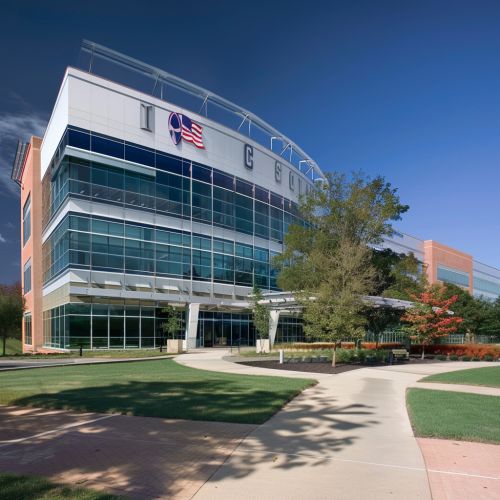National Collegiate Athletic Association
History
The National Collegiate Athletic Association (NCAA) is a non-profit organization that regulates student athletes from up to 1,268 North American institutions and conferences. It was established on March 31, 1906, with the primary goal of protecting student-athletes from the dangerous and exploitative athletic practices of the time. The NCAA's formation was largely influenced by the early 20th century Intercollegiate Athletic Association of the United States (IAAUS), which was created to set standards for amateur sports in the United States.


The NCAA's initial years were marked by significant changes in its structure and regulations. In 1921, the first NCAA national championship was conducted: the National Collegiate Track and Field Championships. As the years progressed, more sports were added to the NCAA's championship roster.
Structure and organization
The NCAA is governed by a complex system of bylaws and regulations. The organization is divided into three divisions, each with its own set of rules and regulations. These divisions are Division I, Division II, and Division III. Each division is further divided into conferences, which are groups of schools that compete against each other.
The NCAA's highest governing body is the NCAA Board of Governors, which is composed of institutional chief executive officers that oversee the association's functions. The NCAA's legislative structure is comprised of numerous committees, each with a specific focus area, such as academic standards, infractions, and championships.
Membership
The NCAA's membership includes a diverse range of institutions, from large public universities to small private colleges. As of 2020, the NCAA has 1,098 active member institutions, 98 of which are in Division I, 290 in Division II, and 442 in Division III. The remaining institutions are classified as "affiliates" or "associates".
Membership in the NCAA is voluntary, and institutions must meet certain academic, athletic, and administrative criteria to join. These criteria vary by division and include requirements related to athletic scholarships, academic support services, and institutional control of athletics.
Championships
The NCAA organizes the athletic programs of many colleges and universities in the United States and helps more than 480,000 college student-athletes who compete annually in college sports. The organization is headquartered in Indianapolis, Indiana.
The NCAA sanctions 90 national championships in 24 sports (up to 41 championships in Division I, 27 in Division II, and 22 in Division III). The most recognized championships are the NCAA Division I Men's Basketball Tournament, also known as "March Madness", and the College Football Playoff National Championship in Division I FBS football.
Controversies and criticisms
The NCAA has faced numerous controversies and criticisms over the years. These include issues related to student-athlete compensation, academic standards, and the organization's enforcement procedures.
One of the most significant controversies involves the NCAA's amateurism rules, which prohibit student-athletes from receiving compensation beyond their scholarships. This has led to legal challenges, most notably the O'Bannon v. NCAA case, in which former UCLA basketball player Ed O'Bannon sued the NCAA for its use of student-athletes' likenesses for commercial purposes.
See Also
College athletics in the United States List of NCAA conferences List of NCAA institutions
